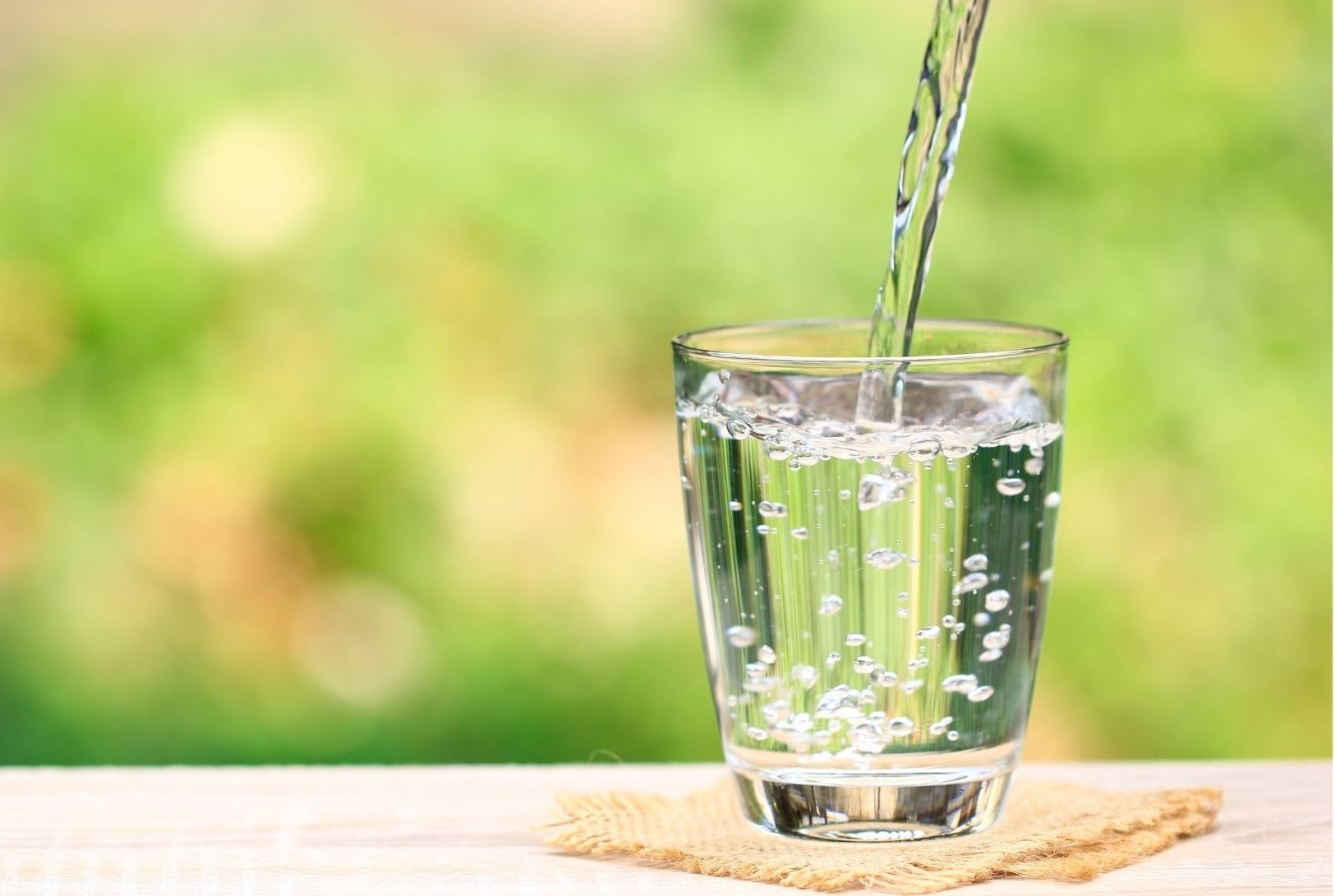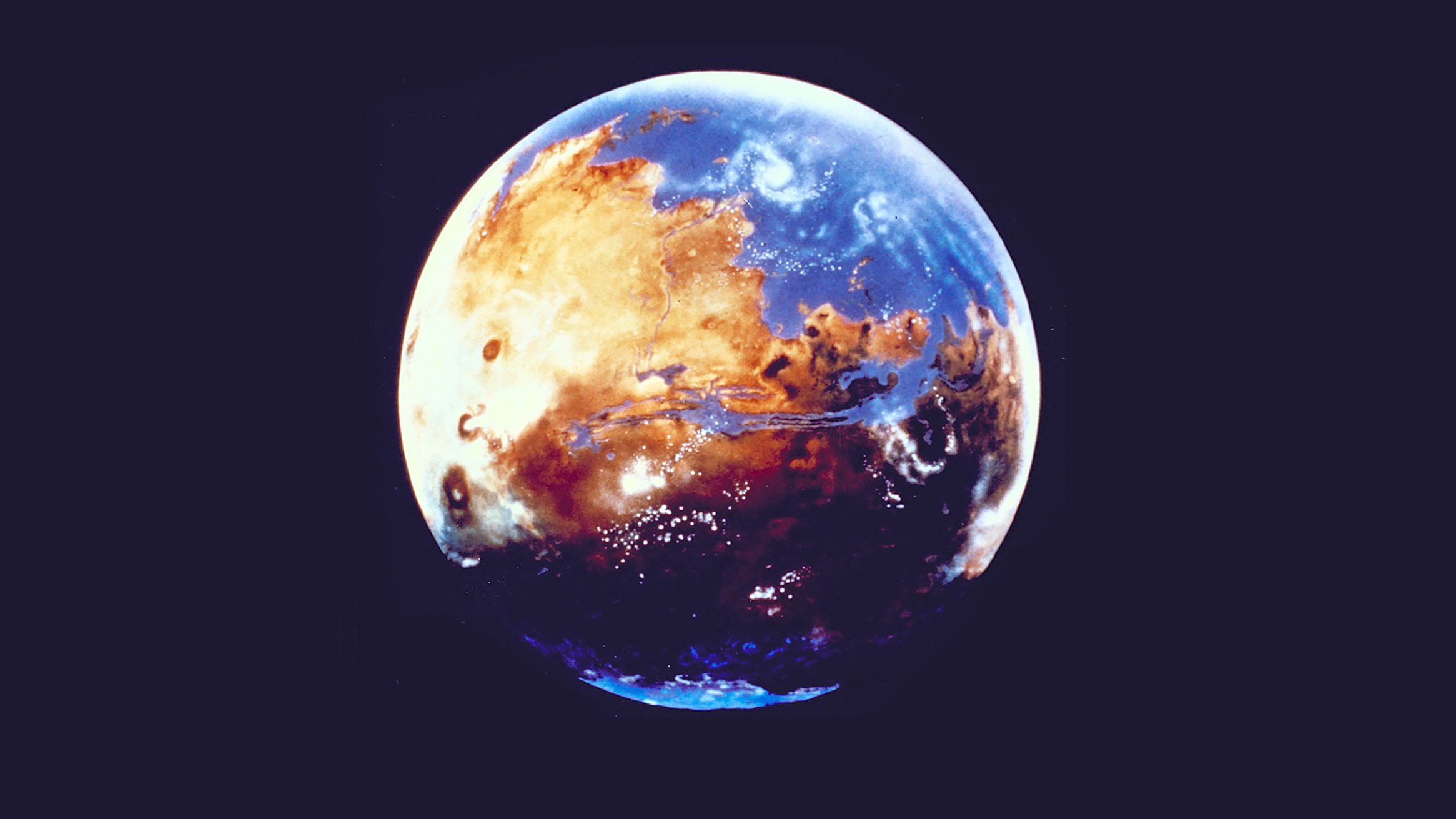What is water
Water is not made by any specific entity or organization. It is a naturally occurring compound that is formed through various natural processes on Earth. The formation of water primarily occurs through the combination of hydrogen and oxygen atoms.
In nature, water is created through several processes, including:
1. Hydrogen combustion: When hydrogen gas (H2) combines with oxygen gas (O2) in the presence of heat or a spark, it undergoes a chemical reaction known as combustion, resulting in the formation of water vapor (H2O).
2. Photosynthesis: During photosynthesis, plants absorb water from the ground through their roots and combine it with carbon dioxide from the air in the presence of sunlight. This process produces glucose (a sugar) and releases oxygen as a byproduct.
3. Condensation: Water vapor in the atmosphere can condense into liquid water droplets when the temperature and pressure conditions are suitable. This leads to the formation of clouds, fog, and precipitation.
4. Geothermal processes: Deep within the Earth, water can be formed through geothermal processes. These processes involve the heating of rocks and minerals, which releases water vapor or steam that eventually rises to the surface.
It's important to note that while water is naturally formed, human activities can also impact its availability and quality through pollution, overuse, and mismanagement. Therefore, ensuring the sustainability and responsible use of water resources is crucial for the well-being of both ecosystems and human populations.
When is lost water?
Water can be lost through various natural and human-induced processes. Here are some instances when water can be lost:
1. Evaporation: Evaporation is the process by which water changes from a liquid state to a gaseous state, primarily due to the heat energy from the Sun. Water bodies, such as oceans, lakes, and rivers, constantly lose water through evaporation. Even water on the surface of the ground, including soil, vegetation, and puddles, can evaporate and be lost as water vapor in the atmosphere.
2. Transpiration: Transpiration is the process by which water is lost from plants through the tiny openings on their leaves called stomata. Plants absorb water from the ground through their roots and transport it to the leaves, where it evaporates through transpiration. This loss of water through plants contributes to the water cycle and influences local humidity levels.
3. Runoff: When it rains or when snow and ice melt, excess water on the ground can flow over the surface, leading to runoff. Runoff occurs when the ground is saturated or unable to absorb all the water, often due to factors like impermeable surfaces (e.g., concrete) or heavy rainfall. Runoff water can flow into streams, rivers, and eventually reach the oceans, causing water loss from the local area.
4. Subsurface Flow: Subsurface flow refers to water movement beneath the Earth's surface, such as through soil layers and rock formations. Water can infiltrate the ground and move through porous spaces or along impermeable layers. In some cases, subsurface water can be lost if it drains into deeper aquifers or encounters natural barriers that prevent its further movement.
5. Human Consumption: Human activities consume significant amounts of water for various purposes, including drinking, cooking, bathing, agriculture, and industrial processes. When water is used, it is either transformed (e.g., turned into steam during heating) or discharged as wastewater. In the case of consumptive uses, water is effectively "lost" from its original source and may require treatment before it can be reused or returned to the environment.
6. Water Leakage: Water leakage refers to the unintentional loss of water from pipes, plumbing systems, or infrastructure. Leakage can occur due to aging infrastructure, inadequate maintenance, or damage to water supply systems. Water lost through leakage can contribute to wastage and may require repairs to conserve this valuable resource.
It's important to manage and conserve water resources to minimize unnecessary loss and ensure sustainable use.
What is bad top watet but world?
If I understand your question correctly, you are asking about the term "bad top water" in the context of the world. However, "bad top water" is not a standard or widely recognized term. It seems to be a combination of words that doesn't have a specific meaning.
If you are referring to the quality of water in different parts of the world, it can vary significantly. Some regions may face challenges with water pollution, inadequate sanitation systems, or limited access to clean and safe water sources. Factors such as industrial activities, agricultural practices, population density, and inadequate infrastructure can contribute to water quality issues in certain areas.
Water quality is typically assessed based on various parameters, including the presence of contaminants, dissolved solids, pH levels, bacterial contamination, and other chemical factors. The World Health Organization (WHO) sets guidelines and standards for water quality to ensure the protection of public health.
Efforts are made globally to improve water quality and provide access to clean water for all. This includes implementing water treatment processes, improving sanitation practices, promoting water conservation, and addressing pollution sources. International organizations, governments, and communities work together to address water quality challenges and ensure sustainable management of water resources.



